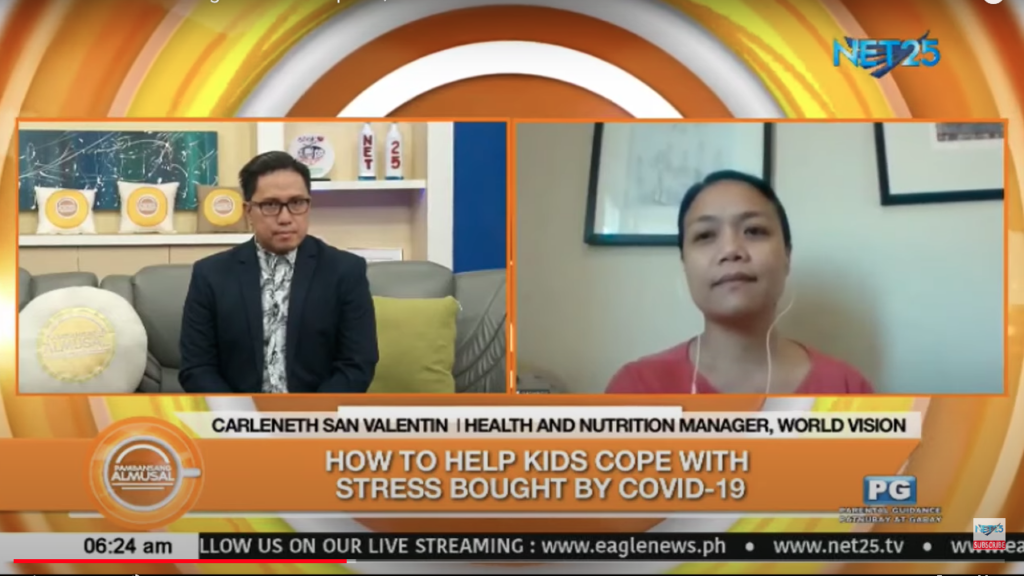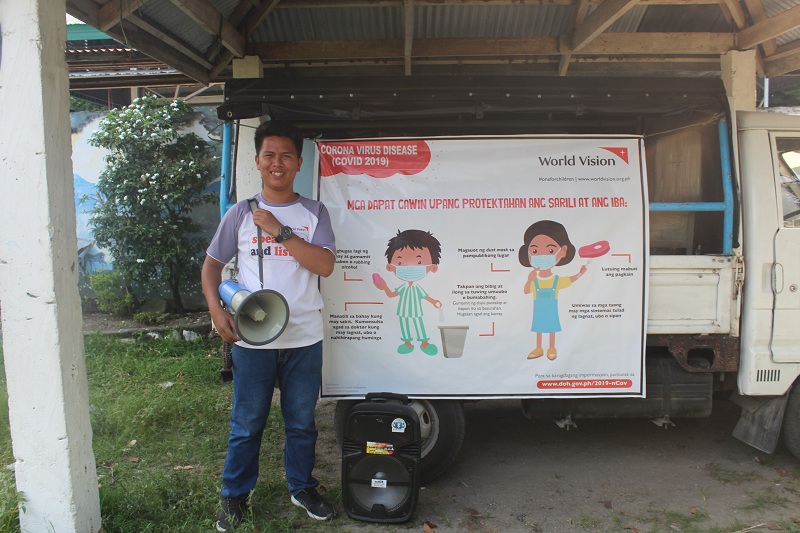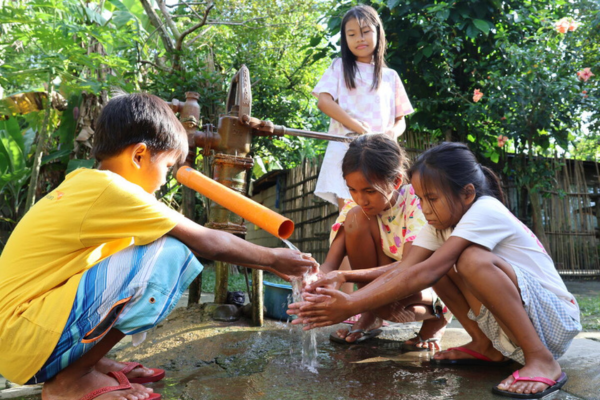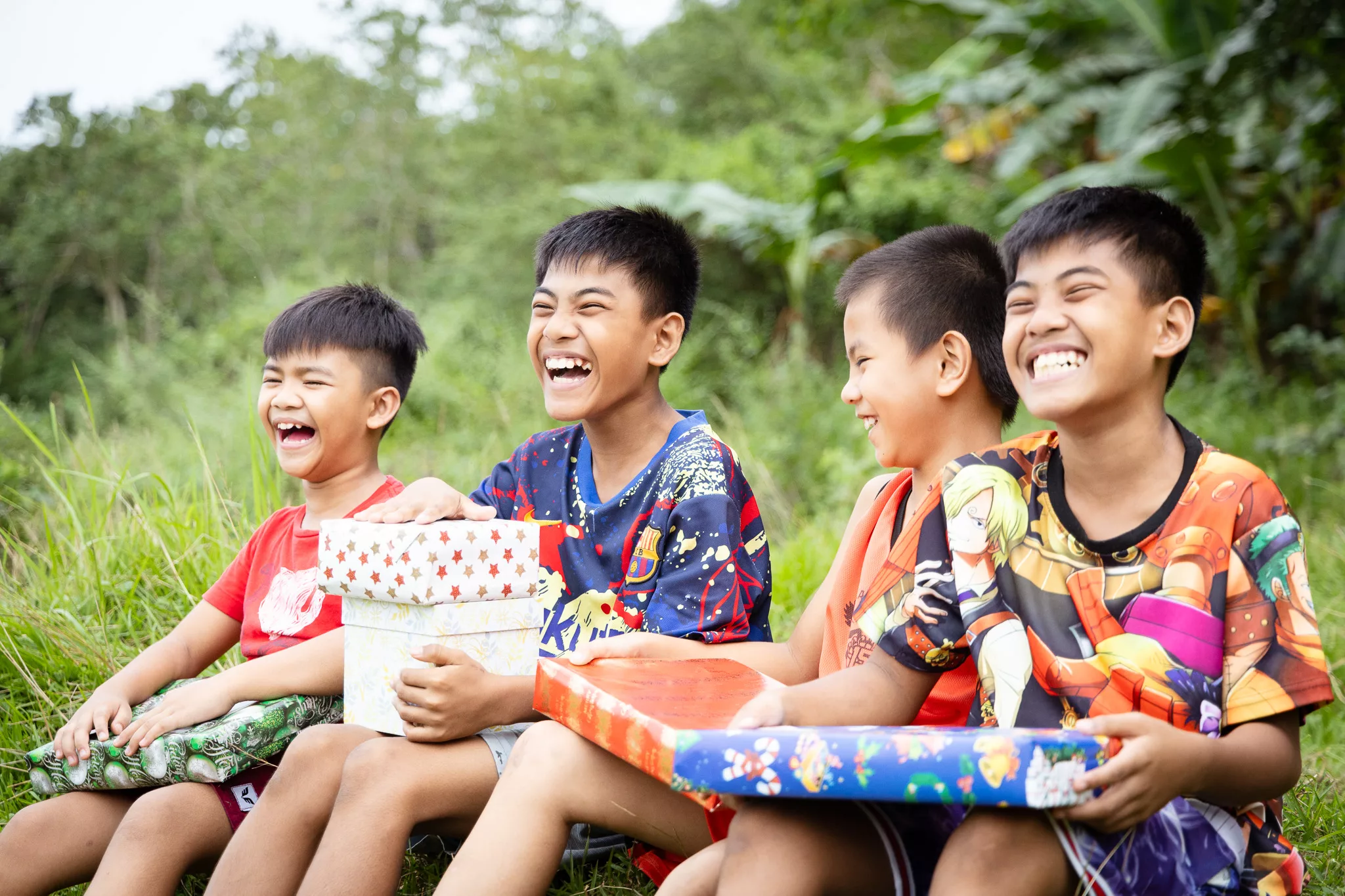World Vision: Communications is Aid
With the ensuing threat of the COVID-19 pandemic, life-saving information needs to reach the most vulnerable, especially those in the far-flung areas. Through its COVID-19 Emergency Response, World Vision has so far reached over five (5) million people across the country with infection prevention and control (IPC), child protection and nutrition messages through various communication channels.
Television

The 2019 Social Weather Stations survey result showed that television still remains the top source of information in the Philippines – with 60% of Filipino adults or around 40 million individuals getting news through it. This is despite the growing usage of internet in the country. Another survey conducted by Kantar Media in 2016 showed that 96.6% of Filipinos watch TV daily, devoting 3.7 hours in front of their TV sets.
“TV remains to be the most preferred source of news of Filipinos. Being able to partner with TV networks that accommodated both our IPC messages and also our technical experts to provide information to the people allowed World Vision to reach more,” shares Ligaya Munez, COVID-19 Emergency Response Manager.
In partnership with TV networks such as LightTV and Net25,World Vision was able to reach at least three million people nationwide through the airing of safety and health messages. In Net25, it has guested WV health and nutrition manager in its Edutainment program, Pambansang Almusal, to give updates on WV’s works and tips on keeping children safe and healthy in time of COVID-19.
Radio

Mainstream and community radio partners were also tapped to deliver information to the communities. World Vision produced at least seven 30-second radio plugs, translated in different local dialects.
To date, the organization has partnered with 15 community radio stations and two national stations that have over 100 stations across the country. Over five (5) million people have been reached through this channel.
Public address systems

The organization recognizes the limitations of mainstream media, hence the initiative to tap village leaders and volunteers to cascade health messages on the ground. World Vision has forged strong partnership at the community level through its existing development programs. Such relationship allowed a more community-based information sharing, led by the village leaders.
Distribution of IEC materials

Even before all the lockdowns were enforced across the country, World Vision supported communities by distributing tarps and brochures to orient people about the coronavirus. The tarps were installed in public spaces like health centres and checkpoint areas. During its relief distribution of vegetables and sanitation kits for families, supplementary brochures on health and child protection were also in the kits.
Social Media
Facebook has also become the most preferred source of information in the Philippines. A Social Weather Stations survey showed that 99% of adults who use the Internet have a Facebook account. This is equivalent to around 30.5 million individuals.
World Vision leveraged on this platform to share and spread information about COVID-19. Shareable and child-friendly multimedia content were posted, especially in the first few weeks of the pandemic.
https://www.facebook.com/worldvisionph/
https://www.instagram.com/worldvisionphl/









